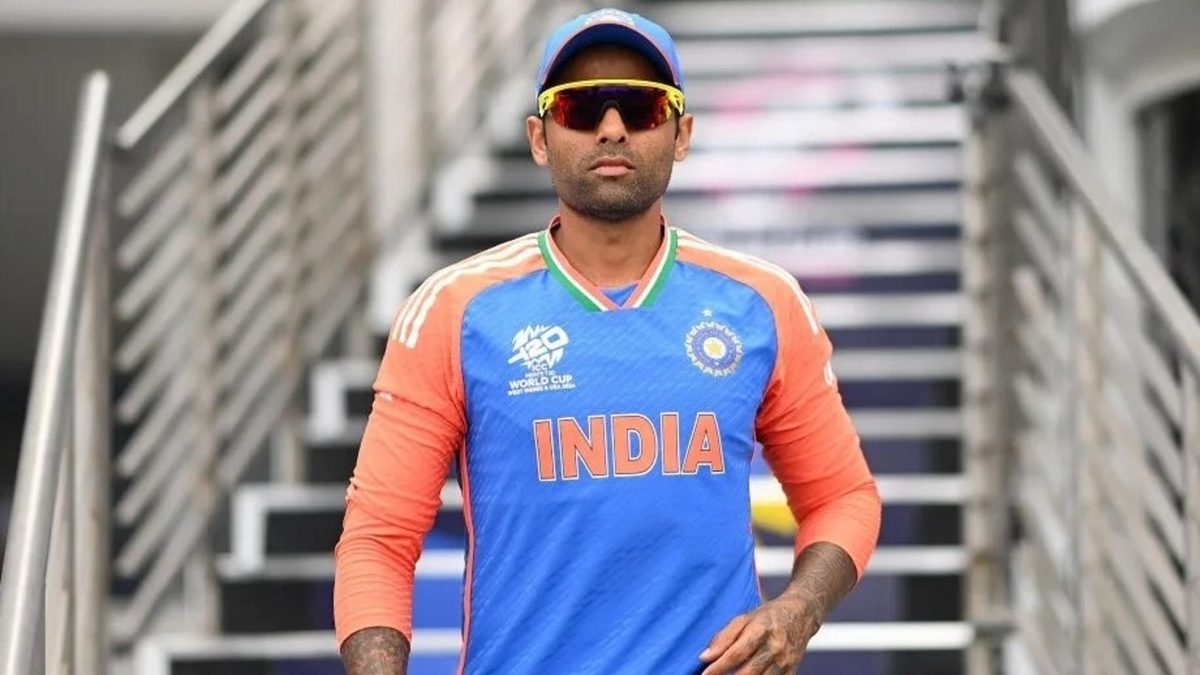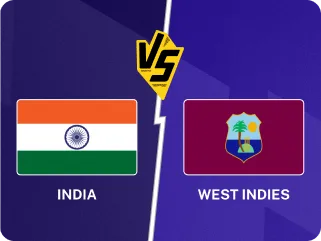
Before the T20 World Cup, few had high hopes from India. The return of seasoned players Rohit Sharma and Virat Kohli, who many thought the team had moved past, was seen as a controversial decision. Critics argued that India were taken a step backwards, clinging to their stars in a desperate bid for World Cup success after the heartbreak of last year. Between the 2022 and 2024 editions of the T20 World Cup, Rohit and Kohli featured in just one bilateral series, devoting their attention to Test cricket and ODIs instead of a demanding schedule.
Six months ago, predicting India's opening combination and captain for the World Cup was not straightforward either. Before the T20Is against Afghanistan, when Rohit and Kohli returned, India experimented with five different openers and four opening pairs since November 2022.
They also had four captains during this period, each bringing their own vision. Hardik Pandya, touted as the natural successor to Rohit and leading in games when the stalwart did not play, for instance, preferred Yuzvendra Chahal as the lead spinner, while Surya, who captained in seven games, backed Axar Patel and Ravi Bishnoi. Rohit, on the other hand, chose Axar and Kuldeep Yadav as his main spinners alongside Ravindra Jadeja in the XI for the T20 World Cup.
Rohit’s return as captain for the World Cup also changed the opening pair as he partnered with Kohli over the dynamic Yashasvi Jaiswal. Kohli had opened in just nine T20Is before the tournament, and only twice with Rohit. Though the move paid off in the end, the risks the untested experiments brought were many.
With Rohit's retirement from T20Is, the BCCI, despite previous hesitations, has adopted a split-captaincy approach in white-ball cricket where the new T20I captain is not in ODI plans for the immediate future - another largely untested experiment in Indian (men's cricket). But while Surya's appointment over Hardik might have come as a bit of a shock, it reflects a thoughtful strategy in light of the increasingly hectic international calendar.
Rohit Sharma will lead India's ODI squad, while Suryakumar Yadav will captain the T20I squad with Shubman Gill as the vice-captain for both formats.
— Wisden (@WisdenCricket) July 18, 2024
Read the squad here: https://t.co/dIhbtvMTPh pic.twitter.com/31gQpiAmab
Chief selector: "The captain should be on the park"
Chief selector Ajit Agarkar explained the decision during Monday's (July 22) press conference ahead of the team's departure for the Sri Lanka tour: “Fitness has been a challenge for him [Hardik] over the last few years. Then it [appointing Hardik captain and losing him to injury] becomes a bit difficult for the coach as well as the selectors.
"He's an important player and his performances are more important for us. His fitness is a challenge and we wanted someone who is available more often than not. The biggest thing is that the captain should be on the park. It's a prerequisite, really.”
This decision underscores Hardik’s value to the team, which is backed by his T20 World Cup performance, where he scored 144 runs at a strike rate of 151.57 and took 11 wickets. But, he is also injury-prone and as the number of game days keeps increasing, Hardik, being a multi-format player, will be duly given much-needed breaks.
There will also be a pattern to the games he will be rested for. With one ICC white-ball event every year till 2028, Hardik is likely to focus on one format each season. Last year, leading up to the 2023 ODI World Cup, Hardik played 14 of 19 ODIs but only 23 of 38 T20Is. He also skipped leading the T20I tour of Ireland, which had several young players.
🚨 NEW CAPTAIN 🚨
— Wisden India (@WisdenIndia) July 18, 2024
Suryakumar Yadav will lead India in their T20I series against Sri Lanka! 🫡
Hardik Pandya – Rohit Sharma’s deputy at the T20 World Cup – is part of the squad but without a leadership role of any kind.
Thoughts? 🤔 pic.twitter.com/GBov44Soh4
With Surya now captain, there's a clearer path for integrating new talent. Agarkar has indicated that SKY’s role will primarily be in T20Is, noting his struggles in ODIs, where he averages 25.76 after 35 innings. Agarkar also mentioned that India has an opportunity to press the reset button in T20Is ahead of the 2026 T20 World Cup and completely overhaul their side with a core leadership group, bringing more consistency and enabling long-term goals without last-minute hustles. While some players will continue to skip series as they manage other formats, there will be fewer wholesale changes from one tour to the next.
This shift also highlights the evolving nature of international cricket. With packed calendars and smaller windows, superstars will selectively choose their tournaments, leading to fewer cross-format players. There is growing acceptance that T20Is require vastly different skills than the 50-over game, resulting in three distinct pools of players for Tests, ODIs and T20Is. While some international teams have already adopted this approach, India have often been conservative, especially in multi-nation tournaments, relying on tried-and-tested players and strategies.
Circumstances, however, have now forced their hands, and despite it being unfamiliar territory, they seem ready to embrace the challenges it brings, moving ahead with great clarity and purpose.
Follow Wisden for all updates, including live scores, match stats, quizzes, and more. Stay up to date with the latest cricket news, player updates, team standings, match highlights, video analysis, and live match odds.








